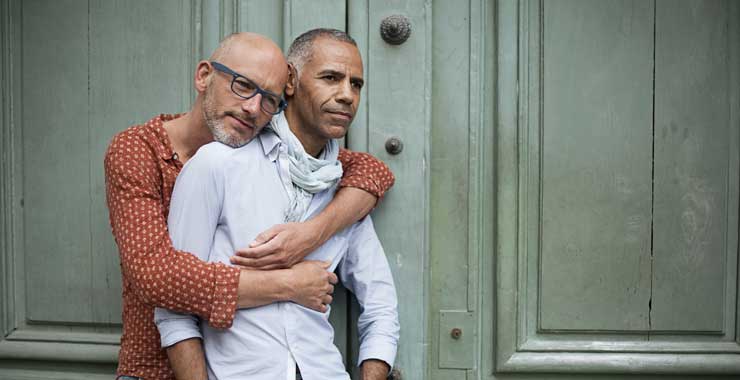Top Privilege: What is it and Does it Really Exist?
We need to talk about Top Privilege
Dom top. Fem top. Total top. Vers top. These are all important narratives in today’s top culture. Whichever way a top chooses to identify themselves, many in the gay community will agree that tops do enjoy a certain type of privilege not afforded to gay men who identify as ‘bottoms’, or ‘vers’. While the phenomenon of ‘top privilege’ has its roots in the good spirited notion that a top could just pitch up (pun intended) for a sexy night on the fly, a bottom would need to prep extensively, oftentimes even adopting a specific diet.
There’s a broader definition of ‘top privilege’ today that isn’t as light-hearted, however. Some argue that it perpetuates harmful stereotypes and reinforces the notion of a rigid hierarchy within the gay community. Others believe that it simply reflects the reality of the unequal treatment that gay men often experience in society.
One of the key ways in which top privilege manifests is through societal expectations and stereotypes about gay men. For example, the stereotype of the ‘masc4masc’ (masculine for masculine) gay man often implies that he’s a top. This stereotype can put pressure on gay men to conform to certain gender norms and can exclude those who don’t fit this mould.
Additionally, there’s a societal expectation that tops are more masculine and dominant, while bottoms are more feminine and submissive. This can lead to the marginalization of gay men who do not conform to these gender roles and can contribute to the perpetuation of harmful gender stereotypes.

Does it all lead back to internalised homophobia?
In a 2018 Killer and a Sweet Thang essay, future star of ‘Are You the One?‘ and OnlyFans performer Remy Duran wrote that “tops have a kind of privilege that our vers and bottom sisters do not have” in the gay-male community, like the perception of being more masculine and stronger —a thought process that results from “internalized homophobia and sexist attitudes towards penetration,” Duran said.
Zach Stafford, the former Editor-In-Chief of The Advocate, noted a “no Chipotle before sex” rule among bottoms in a 2013 HuffPost blog post, saying it’s merely one way in which tops “have inherently greater privileges than bottoms do.” He goes on to write: “The patriarchy tells us that to be a man is to be the penetrator, the phallus, etc. And in this line of thought, bottoms are seen ‘less than,’ ‘feminine,’ or ‘the woman’ because they are the taker of the phallus.”
Ultimately, the unequal treatment of tops and bottoms within the gay community can also have serious consequences for mental health. Gay men who don’t conform to traditional gender roles and sexual positions may face discrimination and rejection from their peers, which can lead to feelings of isolation and low self-esteem.
Top privilege is also harmful to tops
If you’re thinking that top privilege only benefits tops, then you’d be mistaken. Top privilege can also manifest in the realm of HIV/AIDS prevention and treatment. Because HIV is primarily transmitted through anal sex, there’s a common misconception that tops are at a lower risk of contracting the virus. This can lead to a lack of emphasis on HIV prevention and treatment for tops, and can contribute to the stigma surrounding HIV-positive gay men.
Despite these challenges, it’s important to recognize and address the issue of gay top privilege. By acknowledging and challenging harmful stereotypes, promoting equality and inclusivity within the gay community, and prioritizing the mental and physical health of all gay men, we can work towards creating a more inclusive and accepting society for all. After all, we’re all in this together, there’s no need to create artificial barriers in our community that just spurs division. We have more important fights to fight.
Comments are closed.


